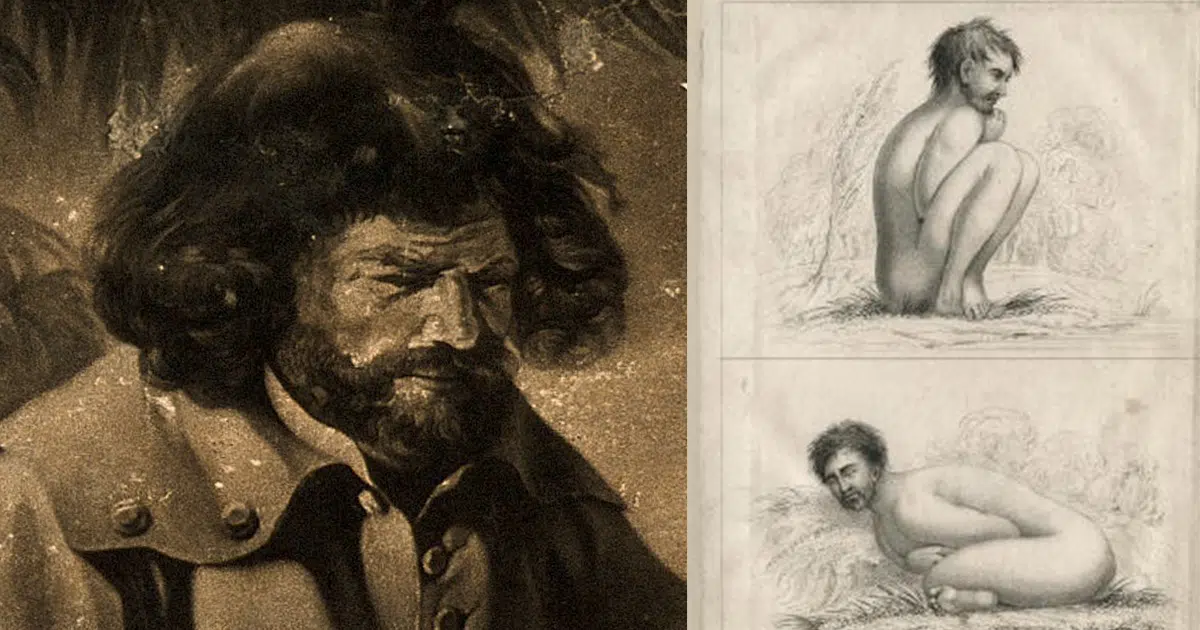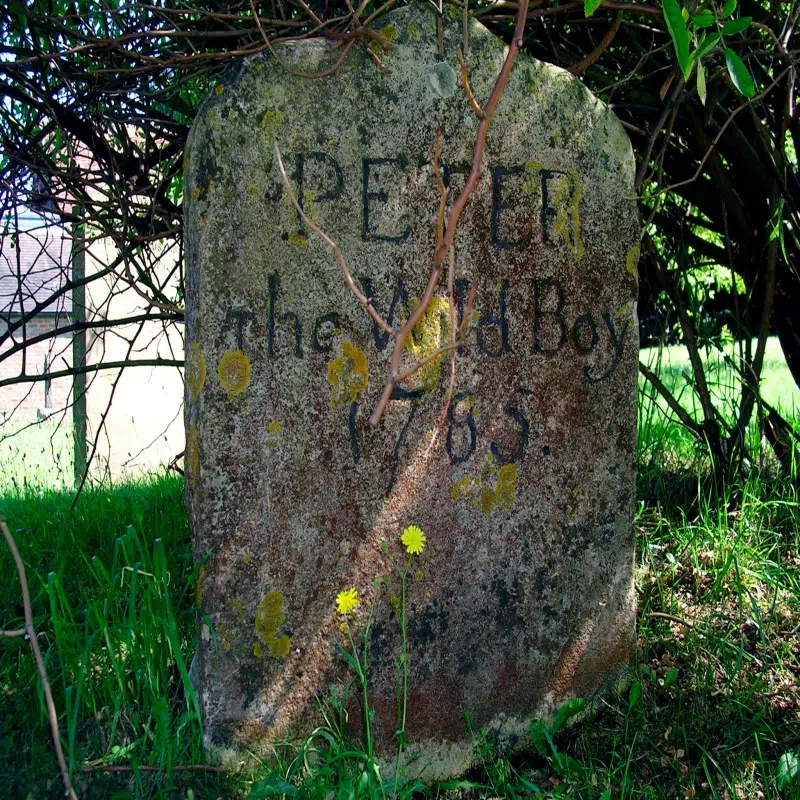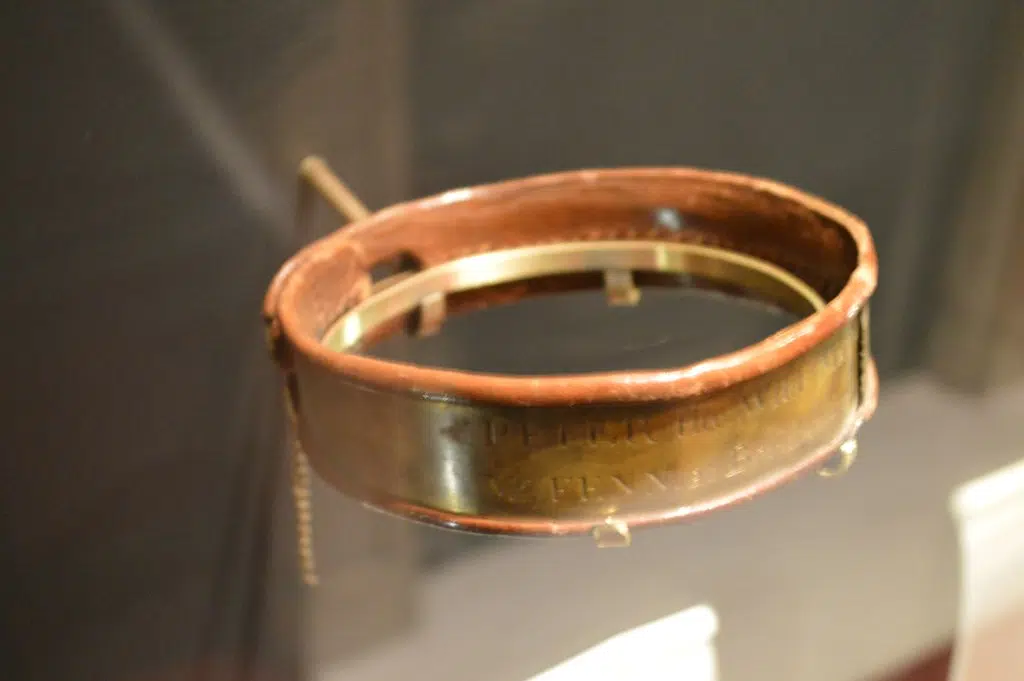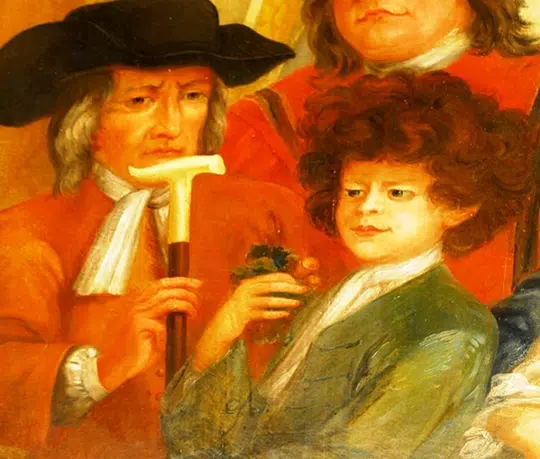The Tragic Origins Of Peter The Wild Boy
Featured in Ripley's Believe It or Not!

His headstone simply reads “Peter the Wild Boy, 1785.” For his entire odd life, that was his moniker. Was Peter a feral child or was he afflicted with a rare genetic condition that had not yet been discovered?

CC Neale Monks



